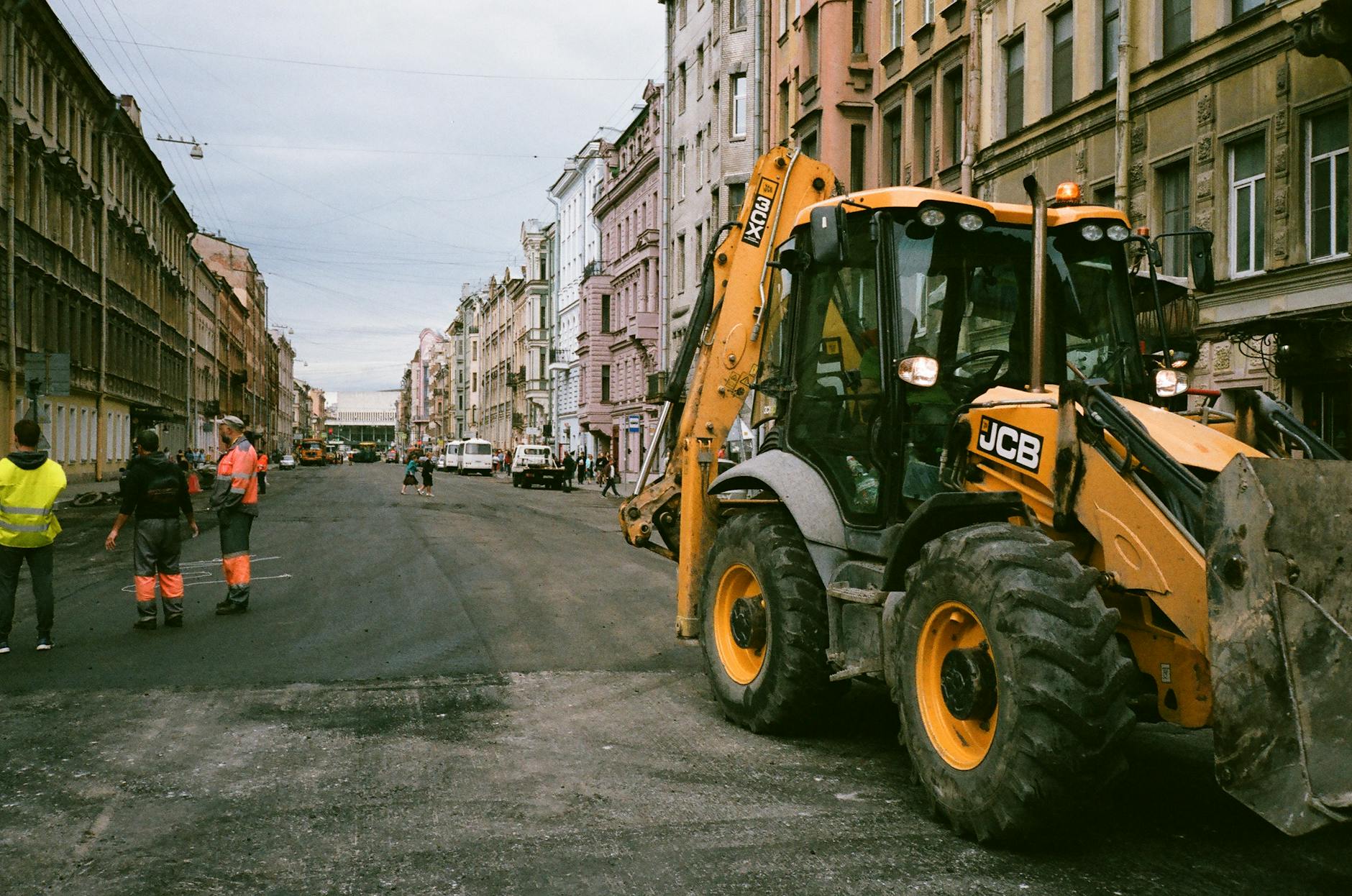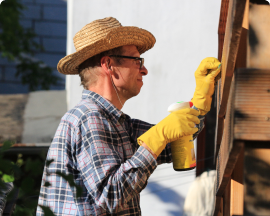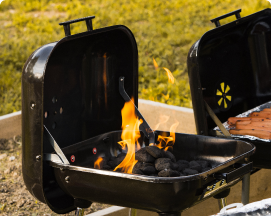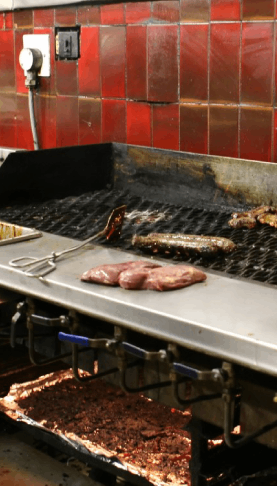A beautiful, smooth asphalt driveway or parking lot is a real asset to any property. But like anything exposed to the elements and daily use, your asphalt surface will eventually need some attention to keep it in top shape. This article focuses on two key aspects of asphalt care: asphalt repair Colorado Springs and the protective benefits of sealcoating Colorado Springs. We’ll explain why these maintenance steps are so important, what common issues they address, and how they can save you money over time by extending the life of your pavement.
Why Pavement Maintenance Matters
Think of your asphalt surface like the roof of your house. You wouldn’t ignore a missing shingle, because you know that small issue can lead to bigger, more expensive problems down the road. The same logic applies to your asphalt. Regular maintenance, including timely repairs and periodic sealcoating, is your best defense against the premature aging and deterioration of your pavement.
Colorado Springs, with its freeze-thaw cycles, strong sunshine, and occasional heavy moisture, presents specific challenges for any paved surface. Water can seep into tiny cracks, freeze, expand, and make those cracks bigger. The sun’s ultraviolet rays can cause the asphalt binder to oxidize and become brittle. Oil and chemical spills can soften and degrade the material. Proactive maintenance helps your asphalt withstand these pressures. By taking care of small problems early, you prevent them from turning into large, costly headaches, such as needing to completely replace your pavement much sooner than expected. Plus, a well-maintained surface is safer and looks much more inviting.
Common Asphalt Issues We Can Fix
Over time, even the best-laid asphalt can develop problems. Recognizing these issues early is key. Here are some common types of asphalt damage that asphalt repair Colorado Springs services can address:
- Cracks: The Different Varieties Cracks are probably the most common issue you’ll see. There are several types:
- Alligator Cracking: This looks like the scaly pattern on an alligator’s back. It’s usually a sign of problems with the sub-base or that the asphalt is nearing the end of its useful life. These areas often require more extensive repair, sometimes involving removing the damaged section and replacing it.Linear Cracks (or Longitudinal Cracks): These run parallel to the direction of paving. They can be caused by paving joint issues or temperature fluctuations.Transverse Cracks: These run across the pavement, perpendicular to the direction of paving. They are often temperature-related.Block Cracks: These form a series of large, rectangular cracks. They are usually caused by the asphalt binder aging and shrinking.For most types of cracks, a process called crack filling or crack sealing is used. A specialized material is heated and poured into the cleaned cracks. This material seals the crack, preventing water from getting in and causing further damage. We carefully clean all the debris out before applying any sealant.
- Potholes: The Pavement Menace Potholes are those frustrating, often sharp-edged holes that can damage tires and create tripping hazards. They usually start as small cracks that allow water to penetrate the sub-base. As traffic pounds on the weakened area, and freeze-thaw cycles do their work, the pavement breaks apart, forming a pothole. Repairing a pothole correctly involves more than just shoveling some asphalt patch material into it. Proper repair includes cleaning the pothole of debris and water, squaring up the edges to provide a firm boundary, applying a tack coat for better adhesion, filling it with new hot mix asphalt, and then compacting the patch thoroughly so it’s level with the surrounding pavement.
- Raveling: When the Surface Gets Rough Raveling happens when the fine aggregate particles start to come loose from the asphalt surface, leading to a rough, gravelly texture. It can be caused by poor compaction during installation, a poor quality asphalt mix, or simply by the aging of the pavement. If not addressed, raveling can lead to more serious deterioration. Sometimes a fog seal or a chip seal can correct minor raveling, but more severe cases might require an overlay or other repair methods.
- Depressions and Bird Baths: Unwanted Water Features Depressions are low areas in the pavement where water tends to collect, forming what are sometimes called “bird baths.” These are often caused by a settling of the sub-base or improper compaction during installation. Standing water is an enemy of asphalt, as it accelerates deterioration. Repair might involve infrared patching, where the area is heated, new asphalt is added and then re-compacted, or in more severe cases, removing and replacing the affected section.
The Protective Shield: Understanding Sealcoating
If repairs are like fixing specific injuries, then sealcoating Colorado Springs is like giving your asphalt a protective shield and a health boost. Sealcoating is the process of applying a thin liquid layer of sealant over your existing asphalt pavement. This isn’t a structural repair; it doesn’t fix cracks or potholes. Instead, it’s a preventative measure that offers several key benefits.
- Protection from the Elements: The primary job of a sealant is to protect your asphalt from the things that want to break it down.
- Water Resistance: Asphalt is naturally porous to some extent. Sealcoating fills these tiny voids, making the surface much more resistant to water penetration. This is crucial in preventing damage from freeze-thaw cycles.
- UV Ray Protection: The sun’s ultraviolet rays can oxidize the asphalt binder, making it brittle and causing it to lose its flexibility. This leads to cracking and raveling. Sealant acts like sunscreen for your pavement, slowing down this oxidation process.
- Chemical Resistance: Sealcoating provides a barrier against gasoline, oil, de-icers, and other chemicals that can soften and degrade asphalt.
- Enhanced Appearance: Let’s be honest; a freshly sealcoated driveway or parking lot looks fantastic. It restores that rich, black color to faded asphalt, making the whole property look cleaner and more attractive. This can significantly boost curb appeal. We always make the area look its best.
- Easier Maintenance: A sealed surface is smoother and less porous, which makes it easier to sweep and clean. Snow and ice also tend to melt faster on a dark, sealed surface.
- Extended Pavement Life: By protecting your asphalt from its main enemies, sealcoating can significantly extend its lifespan. Regular sealcoating, typically every 2 to 4 years depending on traffic and climate, is one of the most cost-effective things you can do to preserve your paving investment.
The Sealcoating Process: What to Expect
When you hire one of the asphalt companies Colorado Springs for sealcoating, they will typically follow these steps:
- Cleaning: The pavement must be thoroughly cleaned before sealant can be applied. This involves removing all dirt, dust, debris, and oil spots. Power washing or high-powered blowers are often used.
- Crack Repair: Any existing cracks should be filled before sealcoating. Applying sealant over unfilled cracks is like putting a bandage on a wound that still needs stitches; it won’t solve the underlying problem.
- Sealant Application: The sealant is usually applied using a squeegee or a spray system. For most residential driveways, two coats are recommended for best results. The sealant needs to be applied evenly to the correct thickness.
- Curing Time: After application, the sealant needs time to cure. Your contractor will tell you how long to keep vehicles off the surface. This typically ranges from 24 to 48 hours, depending on the weather conditions (temperature and humidity play a big role).
Finishing Thoughts
Taking care of your asphalt through timely asphalt repair Colorado Springs and regular sealcoating Colorado Springs is a smart investment. It not only keeps your property looking its best but also protects its value and ensures safety. By understanding common asphalt problems and the benefits of proactive maintenance, you can make informed decisions to prolong the life of your pavement and avoid more costly replacements in the future. Remember, a little attention now can save you a lot of trouble later. We are here to help you keep your pavement up!













